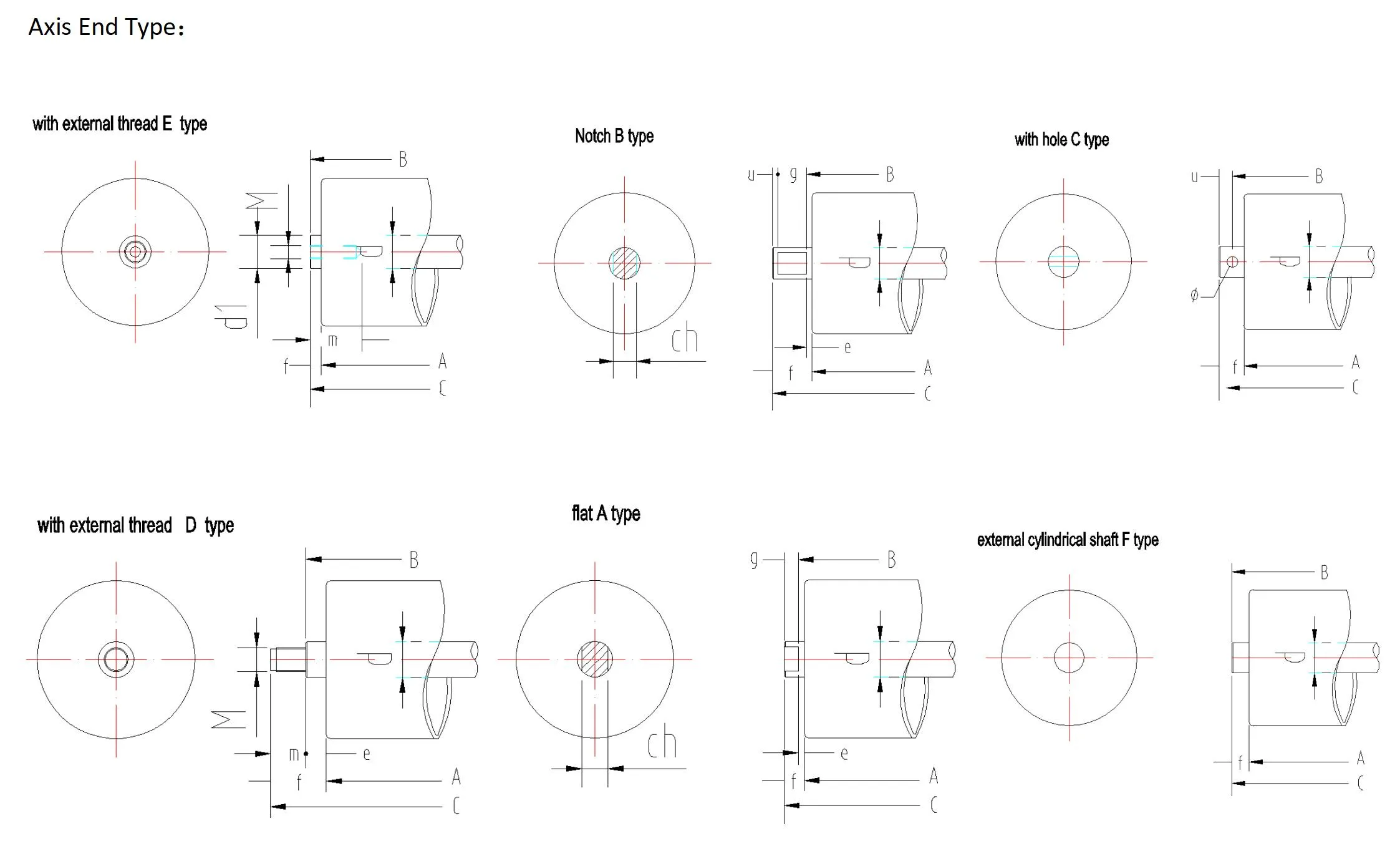 Afrikaans
Afrikaans  Albanian
Albanian  Amharic
Amharic  Arabic
Arabic  Armenian
Armenian  Azerbaijani
Azerbaijani  Basque
Basque  Belarusian
Belarusian  Bengali
Bengali  Bosnian
Bosnian  Bulgarian
Bulgarian  Catalan
Catalan  Cebuano
Cebuano  Corsican
Corsican  Croatian
Croatian  Czech
Czech  Danish
Danish  Dutch
Dutch  English
English  Esperanto
Esperanto  Estonian
Estonian  Finnish
Finnish  French
French  Frisian
Frisian  Galician
Galician  Georgian
Georgian  German
German  Greek
Greek  Gujarati
Gujarati  Haitian Creole
Haitian Creole  hausa
hausa  hawaiian
hawaiian  Hebrew
Hebrew  Hindi
Hindi  Miao
Miao  Hungarian
Hungarian  Icelandic
Icelandic  igbo
igbo  Indonesian
Indonesian  irish
irish  Italian
Italian  Japanese
Japanese  Javanese
Javanese  Kannada
Kannada  kazakh
kazakh  Khmer
Khmer  Rwandese
Rwandese  Korean
Korean  Kurdish
Kurdish  Kyrgyz
Kyrgyz  Lao
Lao  Latin
Latin  Latvian
Latvian  Lithuanian
Lithuanian  Luxembourgish
Luxembourgish  Macedonian
Macedonian  Malgashi
Malgashi  Malay
Malay  Malayalam
Malayalam  Maltese
Maltese  Maori
Maori  Marathi
Marathi  Mongolian
Mongolian  Myanmar
Myanmar  Nepali
Nepali  Norwegian
Norwegian  Norwegian
Norwegian  Occitan
Occitan  Pashto
Pashto  Persian
Persian  Polish
Polish  Portuguese
Portuguese  Punjabi
Punjabi  Romanian
Romanian  Russian
Russian  Samoan
Samoan  Scottish Gaelic
Scottish Gaelic  Serbian
Serbian  Sesotho
Sesotho  Shona
Shona  Sindhi
Sindhi  Sinhala
Sinhala  Slovak
Slovak  Slovenian
Slovenian  Somali
Somali  Spanish
Spanish  Sundanese
Sundanese  Swahili
Swahili  Swedish
Swedish  Tagalog
Tagalog  Tajik
Tajik  Tamil
Tamil  Tatar
Tatar  Telugu
Telugu  Thai
Thai  Turkish
Turkish  Turkmen
Turkmen  Ukrainian
Ukrainian  Urdu
Urdu  Uighur
Uighur  Uzbek
Uzbek  Vietnamese
Vietnamese  Welsh
Welsh  Bantu
Bantu  Yiddish
Yiddish  Yoruba
Yoruba  Zulu
Zulu drum pulley lagging
The Importance of Drum Pulley Lagging in Conveyor Systems
Drum pulleys play a crucial role in conveyor systems, serving as the driving force that moves materials efficiently from one location to another. In various industries, including mining, manufacturing, and logistics, the performance of drum pulleys can significantly impact overall productivity. One vital aspect of maintaining and enhancing drum pulley performance is lagging—a process that involves covering the drum with materials designed to improve grip, reduce wear, and prevent slippage.
Understanding Drum Pulley Lagging
Lagging is the application of a specific material on the surface of the drum pulley. This material can be rubber, ceramic, or other composite materials, tailored to the working environment and the type of load being transported. The primary goal of lagging is to provide better friction between the pulley and the conveyor belt, which enhances grip and minimizes slippage during operation.
Selecting the right lagging material is essential, as it must withstand various environmental factors, such as temperature extremes, moisture, and abrasive materials. For instance, a rubber lagging might be ideal for dry and clean environments, while ceramic lagging could be necessary in scenarios with high exposure to abrasion or heavy loads.
Benefits of Drum Pulley Lagging
1. Enhanced Grip The primary advantage of lagging is the enhanced grip between the drum pulley and the conveyor belt. Increased friction reduces the risk of slippage, ensuring that the materials are moved efficiently without disruption.
2. Extended Equipment Life By providing a protective layer on the drum, lagging reduces wear and tear on the pulley itself. This not only prolongs the life of the drum but also decreases the maintenance costs associated with repairs and replacements.
drum pulley lagging

3. Improved Operational Efficiency With better grip and reduced slippage, systems experience less downtime. This operational efficiency translates into increased productivity, especially in industries where materials need to be moved quickly and effectively.
4. Reduced Noise and Vibration Lagging can serve as a dampening layer that absorbs vibrations and reduces noise levels within the conveyor system. This feature is particularly beneficial in environments where noise control is a priority, such as in urban settings or near sensitive equipment.
5. Enhanced Safety A well-lagged drum pulley minimizes the chances of slippage, which can lead to material spills and associated hazards. By improving grip and stability, lagging contributes to a safer working environment for employees.
Installation and Maintenance
The installation of drum pulley lagging should be performed by professionals with experience in conveyor systems. Proper alignment and tensioning during installation are critical to ensure optimal performance. Additionally, routine inspections and maintenance of the lagging material are necessary to detect wear and tear early. Regular checks can help identify any signs of degradation or failure, allowing for timely replacements before issues become more significant.
Conclusion
Drum pulley lagging is a key element in optimizing the performance of conveyor systems across multiple industries. By enhancing grip, prolonging equipment life, and increasing operational efficiency, lagging ensures that materials are moved safely and reliably. As industries continue to evolve and place higher demands on their operational processes, the role of drum pulley lagging will undoubtedly become even more essential in maintaining productivity and safety in conveyor operations. Investing in quality lagging materials and expert installation can yield significant returns, making it a crucial consideration for any organization reliant on conveyor systems.
-
Revolutionizing Conveyor Reliability with Advanced Rubber Lagging PulleysNewsJul.22,2025
-
Powering Precision and Durability with Expert Manufacturers of Conveyor ComponentsNewsJul.22,2025
-
Optimizing Conveyor Systems with Advanced Conveyor AccessoriesNewsJul.22,2025
-
Maximize Conveyor Efficiency with Quality Conveyor Idler PulleysNewsJul.22,2025
-
Future-Proof Your Conveyor System with High-Performance Polyurethane RollerNewsJul.22,2025
-
Driving Efficiency Forward with Quality Idlers and RollersNewsJul.22,2025





























